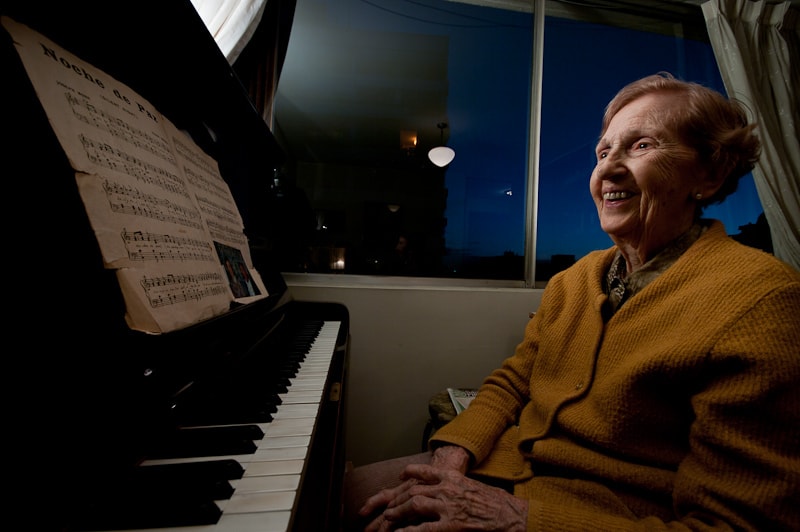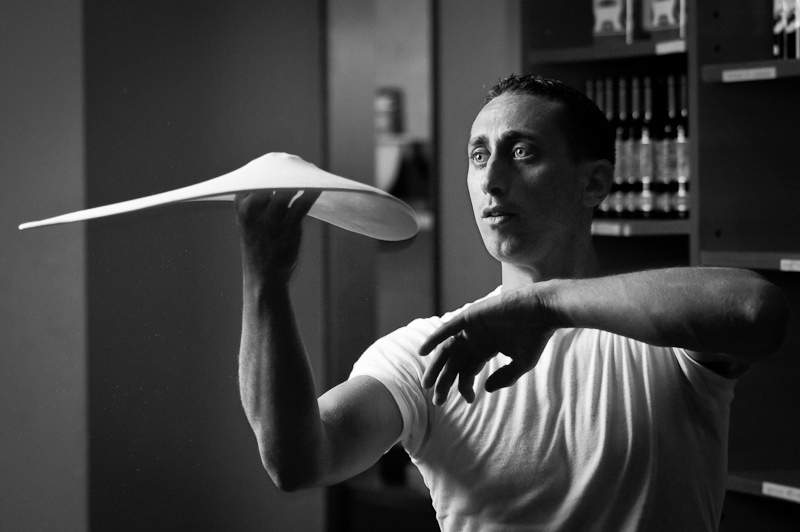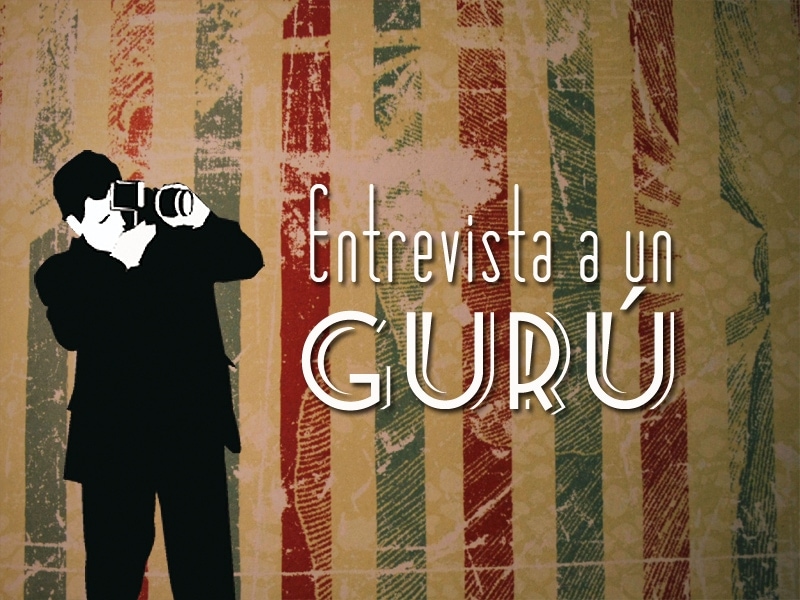This month our Guru is called Jean-Christophe and he visits us from neighboring France, specifically from the capital city of the French Alps, Grenoble .
He called me the original of the portraits of him. His photographs are very expressive and leave no one indifferent, as you can see below in the gallery that I include at the end of the interview. I love the importance and exquisite treatment that our Guru of the month dedicates to light.
With most of the international "Gurus" that I interview here on the blog I have to do the interview in English and then translate it into Spanish before I can publish it. Today I have to thank JC for having proposed himself to answer the interview questions in Spanish. A great detail on his part since that way I was able to save a lot of the work ?
So I let you discover this machine of creativity called Jean-Christophe Chouillet:
INTERVIEW WITH A GURU: JEAN-CHRISTOPHE CHOUILLET
JC: I feel very honored by this opportunity to be able to share my experience with the readers of the Photographer's Blog. I am a passionate photographer, I live in Grenoble, France, and I am interested in various types of photography such as landscape photography, macro photography, food photography… but what captivates me the most are portraits.
Editor: I am very grateful to you, Jean-Christophe, for agreeing to be here with us today. To begin, tell us, if you remember, the moment you abandoned your amateur phase and began to produce photographs in a more serious and professional way. Do you remember? Was it gradual..?
JC: I think that I started taking photos, let's say “serious”, when I understood that the importance of light is even greater than photographic equipment or camera settings. Since then I have tried to be systematically more deliberate regarding the use of light (direction, type and colour) in my photography.
In my opinion, what distinguishes a "serious" photographer is precisely the vehemence and commitment with which he prepares each of the elements of a photo (light, composition,...) Dan WintersFor example, he goes as far as building the scene and lighting sets for his portraits himself!
Editor: How do you look for photographic inspiration? How do you come up with ideas?
JC: A lot of inspiration comes from looking at photos by other photographers, mostly contemporary and active in the photoblogosphere. Joe McNallyand David DuCheminin particular they serve as a model for me, and I take a lot of inspiration from their photos, their blogs and their books. Another very important source of inspiration for me is Flickr. Every time I see a photo that strikes me as having something I'd like to emulate, I add it to my favorites and then go back and look at it regularly.
When it comes to ideas, I try to consider each session as a photographic exercise, which can be technical or conceptual. For example, in one session I will take portraits with natural and soft light, with a shallow depth of field, in another they will be portraits with artificial light and a united background. A more conceptual exercise would be to make a series of contextual portraits.
Editor: You work a lot on portraits. Some of your portraits reflect really genuine, graceful and accomplished postures and gestures on the part of the model. Is this because they are good professional models? Or does the photographer influence?
JC: In my portraits I always pay a lot of attention to the light, and often it is its direction that dictates, to a certain extent, the posture. However, posture, composition and expression are just as important as light and require artistic rather than technical judgment.
My models are not professionals, and of course there are always several failed photos (because of me or the model) but nobody sees those!
I usually give the model a few simple cues regarding the direction of the light ( "look this way" or "turn your shoulders there" ) and suggest trying a few variations. When I think something is right or wrong, I tell the model and show him the image so he can see it. The result is a collaboration between photographer and model.
Editor: For a photo to convey an idea, does the photo come first and then the idea or the idea first, then the photo?
JC: I try to preview each image before taking it, but especially the technical part, more than the conceptual one. I find it very difficult to express an idea in a photo, and for now I limit myself to basic ideas like "look at this [character/object/landscape...] that I find interesting because it has [color/texture/beauty...]" .
It can be said that in my case, the selection of the subject comes first, and it is he who defines the idea, and the photo comes last (with adjustments and post-processing).
Editor: Do you use Photoshop or any other photo editing program in your workflow? Do you declare yourself an advocate or an enemy of post-processing?
JC: I use Lightroom for 99% of my post-processing, what if I had content aware fill !) I think I would never need another program!
I try not to overuse post-processing, but that's very subjective. I have friends who find my photos very artificial.
For me, modifying the contrast, the colors, or even removing something that distracts me, are simply ways to better express the "idea" or message behind the photo.
For example, I recently did a portrait of a beautiful Brazilian with a red cloth on top of some red drawers, but I hadn't noticed that there was some graffiti on the back wall. When the model saw the photo, she commented that it was like in a favela. Perhaps that would have led to an interesting photo, but at least it was not what I wanted to express. In the post-processing I cleaned the graffiti from the wall of course..
Editor: What is your favorite lens, which you could never do without?
JC: I try not to focus on photographic equipment, but being a photographer and also a geek, I suffer from gear lust like everyone else!
My latest purchase was a manual focus lens, the 85mm 1.4 from Samyang, and I am totally in love with it. My perfect focus percentage at F1.4 is quite low (less than 50%), same with magnifier and stigmometer, but the result is worth it.
Editor: Any personal tips or tricks of yours for getting better portraits?
JC: Sometimes I put a mirror behind me, so the model can look at herself during the shoot. This helps the model to invent original postures, quite different from the ones I can suggest. But it is important to regularly show him the result, because what the camera sees can be very different from what one sees with the naked eye, especially for a non-photographer, and even more so if we are using flash.
Editor: Thank you for your time, Jean-Christophe, and above all for your generosity in sharing your knowledge and experiences with the community of readers of this blog.
So far the interview friends. If, like me, you also find Jean-Christophe's photographic works very inspiring, do not hesitate to take a look at his gallery on Flickror visit their websiteto learn more about this artist of light.











